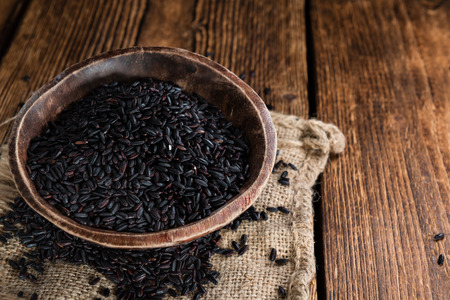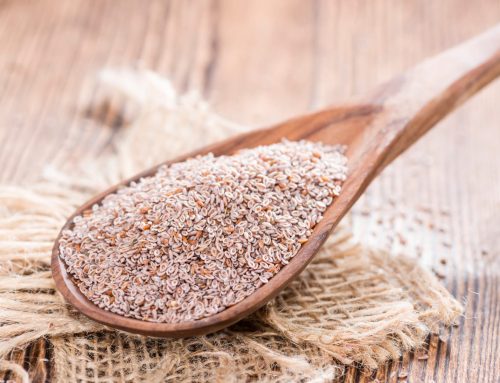What is the Healthiest Rice?
Rice, a staple food in countless cultures worldwide, has long been recognized for its versatility and nutritional value. As a source of carbohydrates, fiber, protein and over 15 vitamins and minerals, it’s a valuable addition to a balanced diet. But with all the different options out there, what is the healthiest rice?
We spoke with Celine Beitchman, Director of Nutrition at the Institute of Culinary Education, who shares what to look for, explains the difference between refined versus whole grain rice and reveals the healthiest choices to add to your diet.
What determines a healthy rice?
“The healthiest rice is a whole grain variety with all of its edible parts intact,” Beitchman explains. “Unlike white rice, which is mostly starch, whole grain rice still has its outer layer called bran and its inner part called germ.” The bran, rich in fiber, is beneficial for digestive health. The germ is a good source of healthy fats, B vitamins and minerals like zinc.
Refined rice undergoes a processing method that removes the outer bran and germ layers, leaving only the starchy endosperm. As a result, refined rice is often lower in nutritional value and may contribute to blood sugar spikes and digestive issues, since it’s quickly absorbed by the body.
Beitchman also notes that it offers long-term health benefits: “Research suggests whole grain rice plays an important role in managing high blood pressure.” Additionally, consuming whole grain rice can help you feel fuller longer due to its fiber content. “Cup for cup, when you eat whole grain rice, you’re eating fewer calories, since about 10 percent of it isn’t actually absorbed,” she adds.
The top 4 healthiest rice to eat
“Whole grain rice is available in many different varieties, sizes and colors,” says Beitchman. “The differences show up in texture, taste and how it looks on the plate.” Here, some of the healthiest options:
1. Brown rice
This is the most common type of whole grain rice, known for its nutty flavor. Beitchman opts for a “short grain brown [rice] for its sweetness and tendency to cook up a little sticky.” Brown rice is a great source of fiber, B vitamins and minerals. However, some individuals may find it difficult to digest.
2. Basmati rice
Basmati is a long grain rice known for its fluffy texture and delicate flavor. It can be either refined or whole grain, so the nutritional value can vary. However, it does have a low glycemic index, which means it’s less likely to spike your blood sugar levels. “I love long-grain brown basmati for its lightness,” adds Beitchman.
3. Black rice
Also known as “forbidden rice,” Beitchman says this whole grain rice has a “rich color and chew.” It’s packed with antioxidants, especially anthocyanins, which may have anti-inflammatory properties. However, black rice may be more expensive than other rice varieties.
4. Wild rice
A nutrient-dense grain, wild rice is technically considered a grass rather than rice. It’s an excellent source of protein, fiber, B vitamins and minerals. That said, wild rice may be higher in heavy metals, which over time, can accumulate and cause health problems. However, it’s generally not a concern for those who eat a variety of foods every day.
Is white rice healthy?
While it might not be considered the healthiest of all rice varieties, it’s important to note that there’s nothing wrong with eating white rice. “In general, it’s okay to consume white rice as part of a healthy eating pattern along with a wide range of minimally processed foods,” says Beitchman. “Some research suggests that pre-cooked and reheated refined grains form compounds called resistant starch.”
Resistant starch acts similar to fiber in that it gets digested slowly, which she says can help with weight management. However, consuming refined or instant rice in moderation could benefit your long-term health goals.
What to know when shopping for the healthiest rice?
When looking at packaging labels, Beitchman advises to “check that the product contains the whole grain rice variety and nothing else. Even so, the biggest tell is whether or not fiber is listed on the nutrition facts panel.” Look for brands with at three grams or more per serving.
You should also keep in mind other ingredients. “If you are purchasing a raw or pre-cooked rice mix or blend, look out for ingredients like the per-serving amounts of sodium, sugar or added fats. When you can, choose a product with fewer ingredients that lets you add seasonings in your own kitchen,” she adds.
The recommended daily intake of grains, including rice, is a maximum of six servings. A typical serving size of cooked rice is approximately half a cup.
Click here to read more about healthy rice selections.






